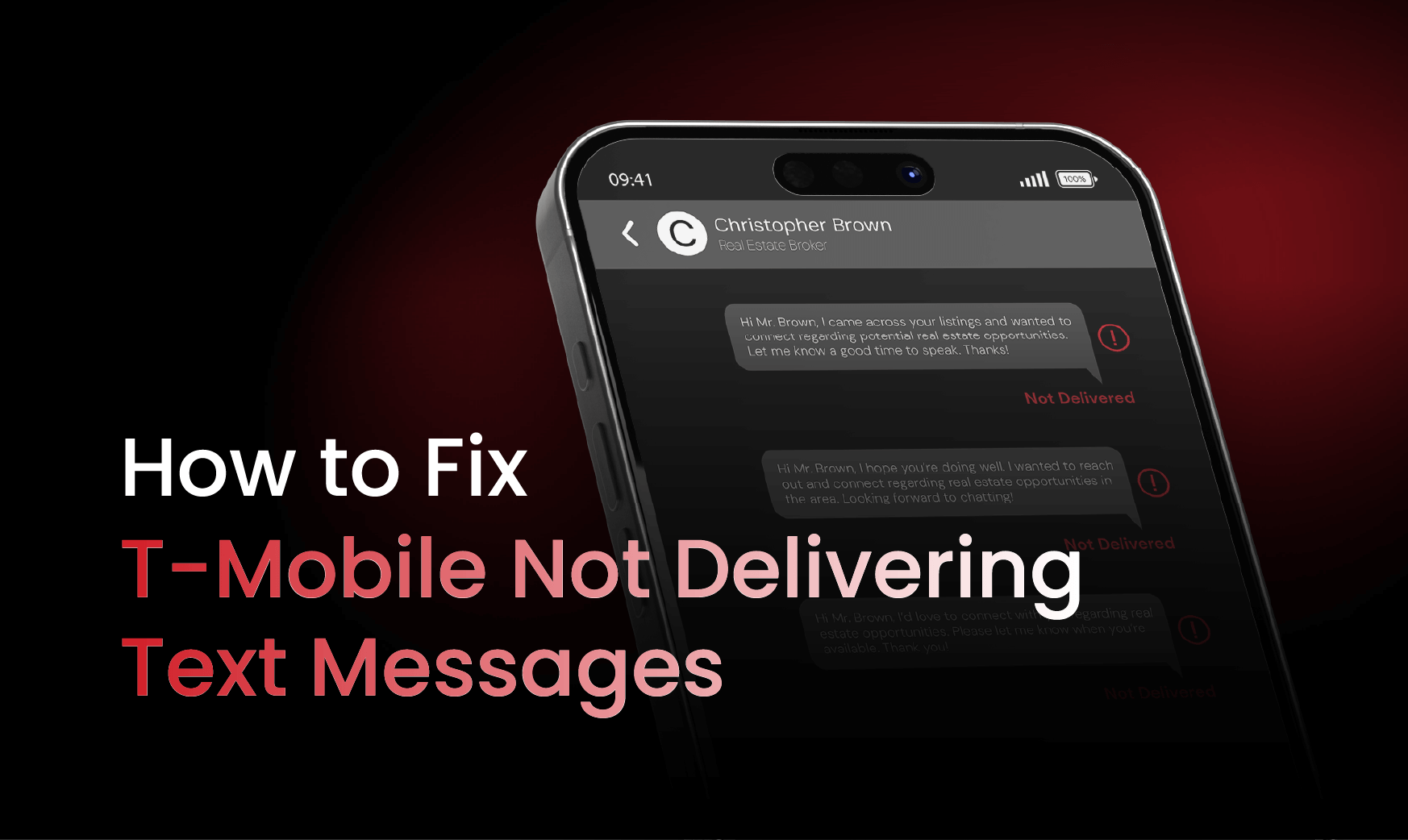
2025 is here and email marketing has topped the charts in the previous year. If you think that email marketing is becoming a thing of the past, then you’re wrong. It still matters, perhaps more than ever.
2025 could prove to be a crucial year for email marketing. Automation was in full swing in 2024 and this year, many changes are expected.
What were the best of email marketing in 2024 and what’s expected in 2025? Let's have a look!
Automation in Email Marketing
Marketing automation is key to effective email marketing. It’s known for efficiency and precision. Technology has evolved rapidly over time, and the future looks even more promising. What can automation do for you? We’ll list out the perks for you:
Revolutionizing customer engagement
Automation allows sending emails based on certain actions. This could be website visits, item purchases, or even inactivity. All the messages are timely and relevant. This shoots up the engagement rates, thus making email marketing more effective.
Personalization at scale
Another top feature of automation is personalization. Until a few years ago, personalization had to be done manually. That’s not the case nowadays. Data gathered from various touchpoints is used to personalize emails automatically. This way, emails that appeal to the subscribers are crafted and sent.
The Future of Marketing Automation in 2025
Automation was used widely in 2024. But what can we expect of it in 2025? Incorporating AI and machine learning, automated platforms are likely to become smarter. They could offer predictive user behavior and content customization in ways that we haven’t seen before.
A boost in efficiency is promised. Along with it, deeper insights into consumer behaviour is also possible.
Automated workflows guarantee engagement and helps in driving conversions.
It is predicted that marketing automation will be increasingly accessible in the future. With the ease of use, even small businesses could implement these strategies in email marketing.
Hyper-Personalization and Predictive Analytics in Email Marketing
The digital marketing landscape is undergoing significant transformation. Hyper-personalization at its core. This shift towards creating more personalized content is not just a trend but a necessity.
The Evolution Towards Hyper-Personalization
Hyper-personalization in email marketing had gone beyond traditional methods in 2024. Basic personalization techniques like inserting a recipient's name in the email are a thing of the past.
Now, it has evolved to predict customer preferences and purchase behaviors. Even the optimal timing for sending emails is now predicted. With these features, marketers can now craft email campaigns that resonate with each recipient.
The Role of Predictive Analytics in Enhancing Personalization
Predictive analytics plays a pivotal role in hyper-personalization by providing insights that guide the content creation process. For instance, machine learning algorithms can predict which email subject lines will generate the highest open rates for specific segments of an email list, allowing marketers to optimize their campaigns for maximum impact.
The Evolution Towards Hyper-Personalization
Hyper-personalization in email marketing goes beyond traditional segmentation and basic personalization techniques like inserting a recipient's name in the email. It involves analyzing extensive datasets to predict customer preferences, purchase behaviors, and even the optimal timing for sending emails. By harnessing the power of predictive analytics, marketers can now craft email campaigns that resonate deeply with each recipient, significantly enhancing engagement and conversion rates.
The Role of Predictive Analytics in Enhancing Personalization
Predictive analytics plays a pivotal role in hyper-personalization by providing insights that guide the content creation process. For instance, machine learning algorithms can predict which email subject lines will generate the highest open rates for specific segments of an email list, allowing marketers to optimize their campaigns for maximum impact.
Challenges and Considerations
The benefits of hyper-personalization and predictive analytics are clear. However, implementing these technologies comes with challenges. There are concerns about data privacy and the ethical use of personal information.
However, in 2025, changes are expected in the same. Ethical practices and advanced technology will work together to improve hyper-personalization. This will make it more effective while keeping user privacy safe.
AI Driven Content Creation and Optimization
The integration of AI in email marketing has marked a revolutionary shift in how marketers create, optimize, and deliver content. Today, AI tools are not just an accessory but a necessity. They tackle common email marketing challenges. AI integration gives way to more personalized and effective campaigns.
Revolutionizing Content Creation with AI
AI in email marketing has transformed the content creation process. It enables personalized subject lines, email copy, and CTAs that suit each recipient's interests and behaviors. Tools like Persado and Phrasee use natural language processing and machine learning to craft copy that resonates with readers.
This increases open rates and click-through rates. This AI-driven approach to content creation ensures that each email feels personally crafted for the recipient. This fosters deeper connection and engagement.
Future Advancements in AI for Email Marketing
Looking forward, the potential for AI in email marketing is boundless. In 2025, we can expect advancements in predictive analytics. This will offer even deeper insights into customer behavior.
AI could also enhance dynamic content optimization. Adjusting images, offers, and messaging within emails in real-time based on the recipient's interaction with the email on an advanced level could be possible.
AI is also set to improve A/B testing. Automating will also come with a deeper analysis of the results to provide actionable insights. Future email marketing campaigns could be continuously self-optimizing, adjusting strategies based on real-time feedback loops facilitated by AI.
Interactive and AMP emails: Enhancing User Engagement
Interactive elements and Accelerated Mobile Pages (AMP) in email marketing has revolutionized the way businesses engage with their audience in 2024. By "creating interactive email content," marketers can transform static messages into dynamic experiences. This innovative approach to email design is expected to improve further in 2025.
The Benefits of Interactive Elements
- Features like image carousels, polls, surveys, and shopping functionalities directly within the email.
- Recipients can engage with content without leaving their inboxes.
- Interactive elements make emails an experience. It increases user interaction and engagement.
- Appeals to tech-savvy audiences who are interested in the latest trends in email marketing.
AMP Emails: A Game-Changer
AMP for emails takes interactivity to the next level. They enable real-time updates and create a web-page-like experience within emails. Content can be dynamically updated. It works well with flight itineraries, event invitations, product catalogs, etc.
AMP emails significantly reduce the steps a user must take to interact with content.
Impact on Email Design Trends
The rise of interactive and AMP emails is changing email design trends. Emails are becoming more than just messages. They’re interactive platforms with personalized and engaging content. This shift calls for a new approach to email strategy. The focus is on user engagement and relevant content.
Interactive and AMP emails are a big step forward in email marketing. The goal is to create engaging, interactive, and personalized experiences that capture attention and drive results.
In 2025, interactive and AMP emails will be widely used. Brands will use them to deliver dynamic and personalized content. Emails could include live product updates, real-time polls, and instant checkout options. AI and data analytics will make emails even more interactive. They will adapt to user behavior in real-time. Marketers will need to focus on creativity and relevance to stand out.
Strategies for Adapting to Future Trends in Email Marketing
Staying ahead of the curve in email marketing is important for businesses. Here are a few tips for marketers looking to navigate future trends effectively:
Invest in Learning: Subscribe to leading industry blogs, attend webinars, and enroll in relevant online courses. Continuous learning will help us understand emerging technologies and how they can be applied to email marketing.
Embrace AI and Automation: Start experimenting with AI-driven tools and automation in your email campaigns. These technologies can help with personalization, optimization, and campaign performance.
Prioritize Data Privacy: Make sure that your email marketing practices comply with regulations like GDPR, CCPA, etc. Secure explicit consent for data collection. Provide clear opt-out options for subscribers.
Experiment with Interactive Content: Begin integrating interactive elements into your emails. This could be polls, surveys, or AMP features. Testing these features can provide insights into what works best with your audience.
Focus on Mobile Optimization: Most emails are now viewd on mobile devices. Ensure your email designs are responsive and mobile-friendly. Use large, clickable buttons. Ensure that content is easily readable on smaller screens.
Leverage Predictive Analytics: Use predictive analytics to anticipate subscriber behavior and preferences. This allows for more targeted and effective email campaigns.
Stay Flexible: The digital marketing landscape is constantly changing. Be prepared to adapt your strategies based on new data, subscriber feedback, and the overall effectiveness of your campaigns. This flexibility will be crucial to staying relevant and engaging to your audience.
The Rise of Email Marketing Platforms with Advanced Features
In 2025, email marketing is expected to grow in leaps and bounds. It is entering a new era with advanced platforms. These platforms will offer innovative features that change how businesses connect with their audience.
AI and machine learning will enable smarter segmentation, personalization, and content optimization. Predictive analytics will help marketers forecast campaign results and user behavior accurately. This will allow businesses to create messages that boost engagement and conversions.
Enhanced automation will make campaigns more dynamic. Emails will respond in real-time to user actions, making them feel personal and relevant.
Integration with third-party tools like CRMs, e-commerce platforms, and social media will improve. This will give marketers a complete view of the customer journey and help deliver seamless omnichannel experiences.
User-friendly interfaces will make advanced email marketing easier for all businesses. Drag-and-drop builders, detailed analytics, and A/B testing tools will become more powerful and simple to use.
The future of email marketing platforms is all about innovation and intelligence. These tools will unlock new ways to personalize, automate, and improve email marketing.
In conclusion, the future of email marketing is rich with opportunities for those prepared to innovate and adapt. By understanding and implementing these trends and predictions, marketers can ensure their email strategies remain effective and relevant in 2024 and beyond.

Learn how phone carrier filtering and reducing T-Mobile numbers can fix SMS delivery issues, improve deliverability, and prevent carrier-level blocking.

Easify is a good choice for Bulk SMS for Insurance Agents & Companies can leverage to automate and expedite their client communication

Christmas SMS marketing helps brands cut through inbox noise with fast, high-converting texts. Discover campaigns, templates, best practices.